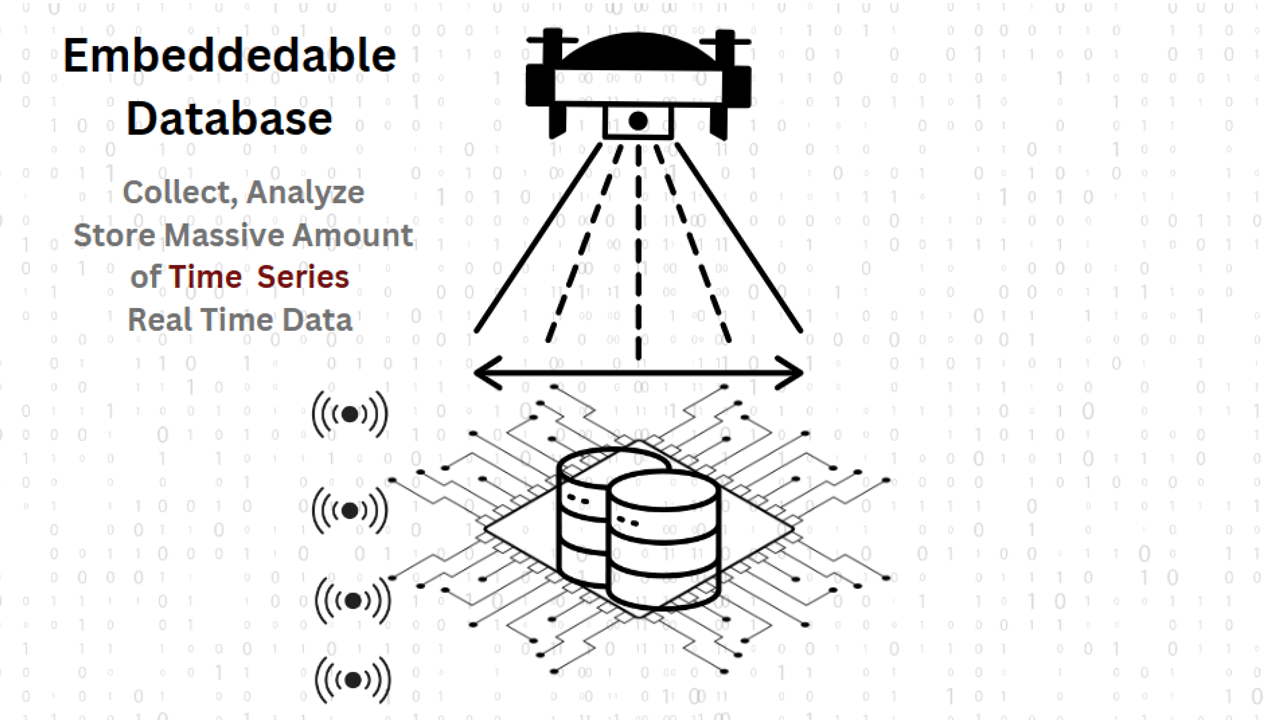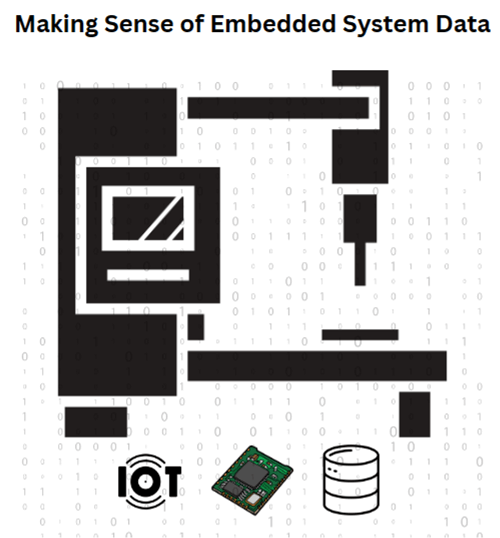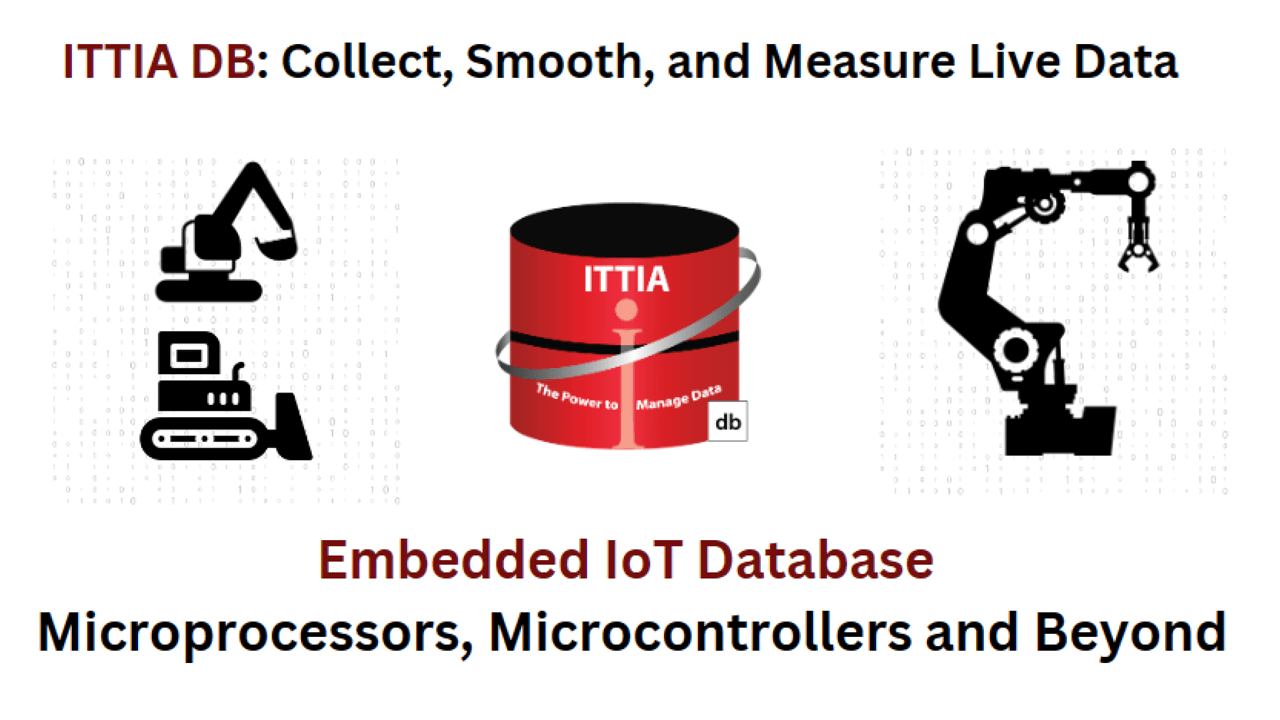TechnologyMay 18, 2023
Power embedded systems by making sense of data

Journey to securely streaming, smoothing, and storing time series embedded IoT data. A streaming database processes new real-time data, updating any registered queries' results right away. And a time series database offers a software system tailored for the storage and delivery of associated pairs of timestamps and values.
The IoT, or the “Internet of Things,” ushers in a new era of interconnected devices that take advantage of the enormous amount of time series data generated by individual embedded systems and objects. Manufacturing intelligent IoT devices to react fast and accurately to the constant stream of real-time data generated by sensors and devices is a difficult task.
Edge distributed paradigm
The edge distributed computing paradigm that brings computation to the devices where data is generated allows great performance, saving bandwidth, improving security, and reducing infrastructure costs. Modern edge computing emphasizes significantly on expanding device capabilities while making it easier to develop and deploy a wide range of applications for embedded devices. At the core of these systems, there exists a wealth of information that can be captured, analyzed, and stored through the processing of raw data produced in real time. But how does a modern embedded system build out of sensors and devices can be enabled to make sense of raw data and gain intelligence and insight? What database software characteristics are required to make a system capable of edge computing?

A wealth of information can be captured, analyzed, and stored through the processing of raw data produced in real time. But how does a modern embedded system gain intelligence and insight and what database software characteristics are required to make a system capable of edge computing?
Let’s examine a case in point: industrial automation systems for the Internet of Things, IIoT. Industrial systems constantly observe and gather the information that may change to adapt to factors like production material, temperature, pressure, and more. These systems continuously gather time series data, interpret it, make decisions, and store valuable information.
As this example shows, streaming data is a core component of the database for such an embedded system inside. Due to the explosive growth of data from sources such as sensors, microcontrollers, and microprocessors, the database must ingest and make sense of data fast, really fast. But in an always-on environment, you must continuously be aware of the most recent information. A streaming database processes new real-time data as it arrives, updating any registered queries’ results right away. This is what I refer to as online data processing at the edge.
Meanwhile, important information about the operating conditions and behavior of the system must be stored for trend analysis and familiar activities. A time series database is a software system tailored for the storage and delivery of associated pairs of timestamps and values. Time series may also be referred to as profiles, curves, traces, or trends in some computing disciplines.
As our example so far indicates, both streaming capability and time series play an important role in the new era of embedded IoT systems software development. The large volume of data produced by IoT devices must be streamed, analyzed, and stored in a timely fashion.
After data is streamed in a timely manner, it must be analyzed. In our case, when the autonomous industrial system observes the data, it needs to understand and analyze it. Therefore, modern embedded systems’ data management ability for transactional processing as well as analytical processing, or even a combination of both makes real sense.
While traditional databases fall into transactional processing, new time series databases capable of streaming data fast are paving the path for future data management for embedded systems analytical processing.
Meanwhile, edge IoT demands building embedded systems that include connected devices that must be securely linked and communicate with each other. Intruders and bot networks have many new opportunities to enter, and the data stored on embedded systems are more vulnerable than before.

What can you do?
There are options and security features, but when it comes to building applications for devices, these embedded systems are sensitive to increases in code size and complexity. More code and fewer resources generally cause a data management performance bottleneck as devices with restrained memory experience slower processing, throughput, and latency.
A database with multiple layers of protection will include authentication, encryption, security protocols, and a system for intrusion detection and prevention. These security principles are proven and well-established.
Database security is important to developers who are concerned with data confidentiality, integrity, and availability. While steps such as creating a procedure to restrict physical access, database security requires special attention and greatly affects risk management for an embedded system. Developers of mission-critical applications and business intelligence devices experience critical safety vulnerabilities if malicious systems on the network or malware applications intercept access to confidential data.
During our journey of building ITTIA DB’s new release, version 8, we discovered and paid close attention to the new embedded data management characteristics and requirements influenced by IoT. We worked toward an architecture that secures multiple databases and communication channels in a single solution. A technology that detects a variety of device application security attacks and empowers the utilization of hardware encryption, as well as support for various authentication and authorization functions to access a database schema. We also built an intelligent security agent, DB-SEAL. DB-SEAL protects the embedded data stored in database files and offers alternatives for a device to operate as soon as it senses an attack.
What we’re building at ITTIA isn’t just a secure data management solution for the connected embedded devices; we’re building secure data management procedures that evolve with the product over time to ensure that we always meet our customers’ security concerns. ITTIA Software Development Lifecycle, SDL, began by offering specialized training for our development team on how to write the most secure code from the outset, as well as requirements for developing a secure model to guarantee we understand attack surfaces and gaps, and then coding and validating according to standards.
As I shared earlier, embedded systems in the age of IoT need to collect and analyze mass quantities of data throughout the system. These valuable findings should become accessible to other edge devices and embedded systems. The most significant challenge of integration in building such systems is data management. While a database should process a large volume of data, in real time, it must integrate data storage for historical analysis.
Per new demand from the embedded market, databases must solve the fundamental problems of data processing and management locally at the edge. Therefore, we designed and built ITTIA DB for the primitives to cover the main embedded/IoT systems data management responsibilities at the edge: data processing, data smoothing, data storage, and data security.
Through Hybrid transactional and analytical processing (HTAP), ITTIA DB architecture offers support for both transactional processing (OLTP) and online analytical processing (OLAP) workloads locally at the edge device. One engine supports both processing and transactions. Supporting HTAP offers several new opportunities for embedded IoT systems to extract value from data streams which are made possible by the unification of transactional and analytical data. HTAP is becoming a popular option due to the benefits of combining these two systems.


